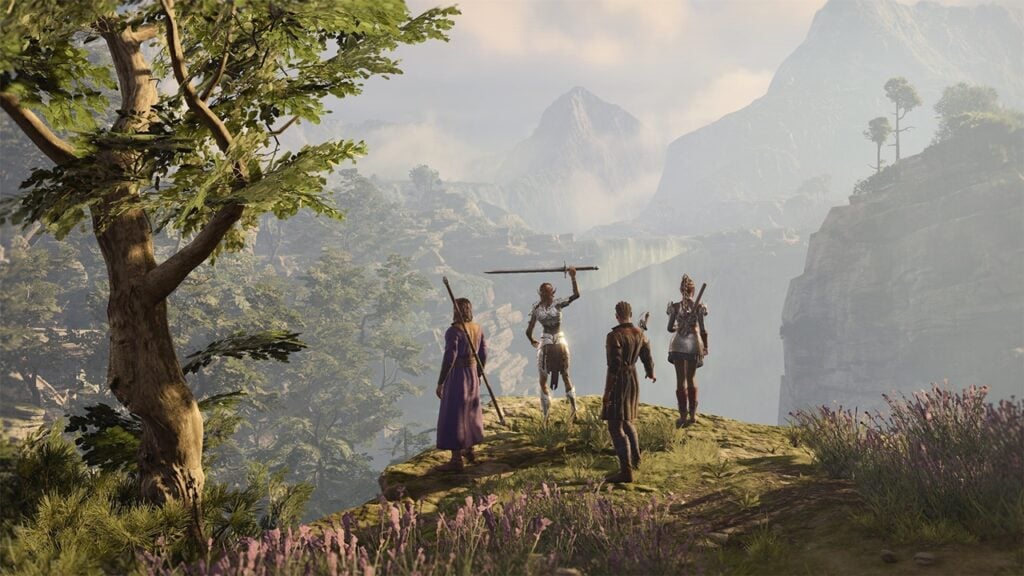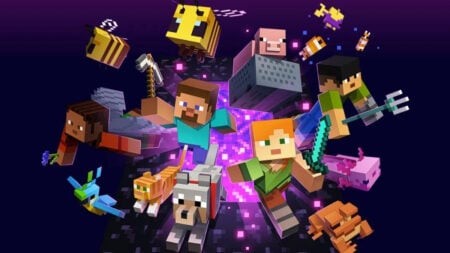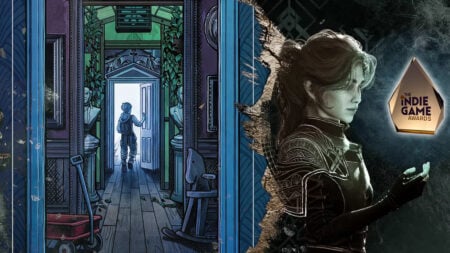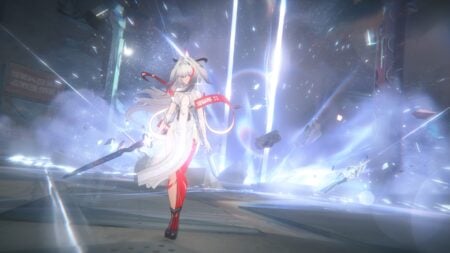Skip To...
While Starfield reviews have been glowing for the most part, its public image has been impacted by a renowned RPG that has also launched this year — Baldur’s Gate 3. There is no shame in failing to top a game that many have referred to as perfect. With consistent player feedback during its early access period to support the experienced dev team at Larian Studios, BG3 set a new benchmark for modern RPGs. Nevertheless, while many thought it would be Baldur’s Gate 3 that would get overshadowed by Starfield, the opposite has come to fruition.
Baldur’s Gatе 3 “Ruinеd” Starfiеld for Many RPG Fans

It’s rare when a game reaches the top of its genre, but Baldur’s Gate 3 managed to do just that. While the turn-based CRPG isn’t a genre that’s mainstream, the success of BG3 has forced the mainstream to pay attention. Gamers who hate turn-based games have suddenly been enthralled in the wild world of Baldur’s Gate 3, and records have been broken all over. So, how did it manage to set the mark so high?
One reason is that Larian Studios cares about the player experience. There are no microtransactions, no planned DLC at launch, and no frills; it is just a 100% full game for players to enjoy. Within that game is an experience that is possibly the most immersive RPG ever made. Anything you can imagine, you can usually do. Baldur’s Gate 3 allows the player complete freedom with diverse playstyles and how they want their character to play. You are given so many races, classes, abilities, and traits to create a player that is truly and uniquely yours.
On the other hand, Starfield aims for a similar experience, but right off the bat, players are limited by their character creation, with humans as the only race option. A game involving the entire galaxy should have more alien races to choose from, but in Bethesda’s view of the far future, humans are the only intelligent life around. It’s a weird choice and bouncing from Baldur’s Gate 3 to Starfield immediately gives the feeling that we’re missing something.
That feeling pervades the gameplay as well. In Baldur’s Gate 3, you can be a Bard, a Warrior, a Sorcerer, a Wizard, a Druid, and countless other classes to choose from. Each of these features unique abilities and affects your dialogue and interactions with the environment. In Starfield, you’re given a wealth of options in terms of traits and character backgrounds, but ultimately, you’re just a person with a lot of guns. None of your character’s background details or playthrough’s quest-based decisions really seem to impact your MC’s narrative all that much. We even forgot what our starting traits were due to how little they ended up mattering.
Baldur’s Gate 3 Companions Outmatch Starfield’s for Miles

Perhaps the biggest way that Baldur’s Gate 3 ruined the party for Starfield is with its companion system. Both games are set up to provide players with a core follower party for the main story. There’s also the ability to hire random companions from various walks of life to change things up. Baldur’s Gate 3’s party is amongst the best in RPG history. The intriguing motivations of each character, the clashes between them throughout the story, and the fascinating backstories of each one have made them one of the most well-rounded video game casts in recent memory.
In Starfield‘s case, things feel far less involved. You get four core companions from the Constellation faction that can accompany you throughout the story. In terms of RPG alignments, they are all on the side of pure good. This makes for four characters with almost identical motivations and reactions to your decisions and story events. Some are pretty well written, like Barrett, for example. However, characters like Sarah, Sam Coe, and Heller are dull, goody-two-shoed individuals who are about as interesting as Lydia was from Skyrim. Bethesda is capable of making incredible companions, such as Fallout 4‘s Nick Valentine, one of the best followers in an RPG. In Starfield, the variety and uniqueness of personalities are nowhere to be found. Compared to most other RPGs, the cast is acceptable. Still, compared to Baldur’s Gate 3, it leaves you wanting.

Freedom from overhyped expectations is another way Baldur’s Gate 3 succeeded. While Starfield was packed with expectations and a gargantuan fanbase, Baldur’s Gate 3 was able to release an early access version of the game three years ago. This is not a normal practice by Bethesda; therefore, the result was an experience far less polished than Baldur’s Gate 3. Larian Studios was able to take its time listening to fan feedback and fixing every single thing it felt was lacking in the trial period.
As a result, BG3 is only packed with meaningful content that skillfully hits the mark of creating an authentic experience for RPG fans. No questline was carelessly thrown in, and no voice line was performed without precision. The dev team went in to create a game they knew their players loved; in the process, they ended up making a game everyone loved. Starfield is also an amazing experience with much to offer. Nonetheless, its quests are forgettable, and the procedural content is almost always lackluster in its presentation.
So, after playing through Baldur’s Gate 3, a game with massive amounts of player freedom, can you still enjoy Starfield? The answer is yes; you just need to expect a more restricted RPG experience and embrace the idea of following what the game directs you to do instead of attempting to play “outside the box.”







